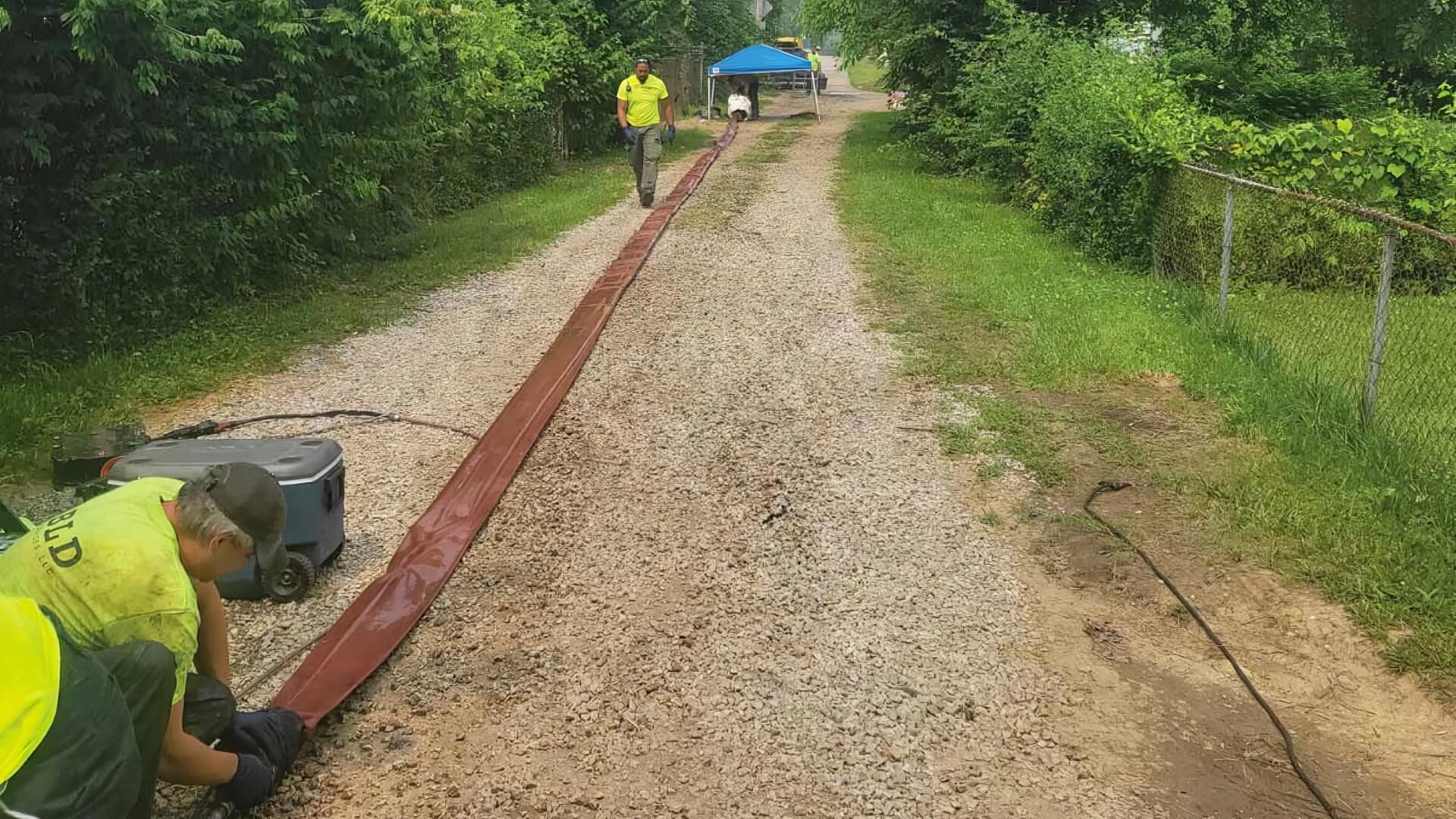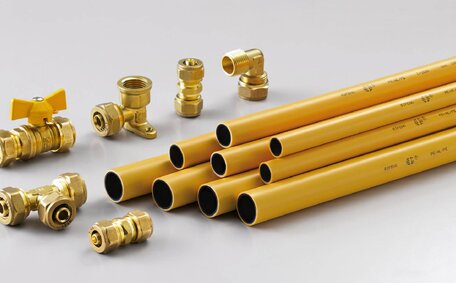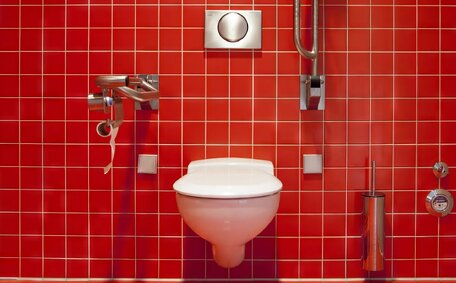Introduction to hot water systems and how they work
Australian households predominantly use two types of water heaters – gas and electric models. Hot water heating systems, whether they are electric or benefitting from the higher efficiency of natural gas during off peak periods, employ an element for heating the tank’s water.
Natural gas hot water systems rely on a gas water heater burner to heat the tank. Tank sizes typically range from 50 to 400 litres depending on household needs.
Tankless water heaters, or continuous flow systems, maintain a steady temperature while using hot water as it circulates through the apparatus without requiring storage. Continuous flow hot water systems provide the luxury of instantly heated water access without the requirement to heat and hold large volumes.
Key components in hot water systems include Key components like the storage tank, heating element, thermostat, inlet and outlet pipes, and the anode rod work together to provide a consistent hot water supply.
Understanding how your hot water heater functions can help identify and solve issues when hot water supply falters.
Common reasons your hot water runs out quickly
There are several common reasons why your hot water may run out faster than expected:
Sediment build-up
Over time, a broken dip tube can lead to rust and mineral deposits gathering at the bottom of the tank, reducing how much hot water can be stored. Such accumulation can fill the space needed for heating water, reducing the system’s efficiency.
Faulty heating element
Instant gas hot water systems utilise a burner to heat the water, integral to your water heater’s heating process. A faulty or failed element can lead to a reduced hot water supply, particularly during high usage periods.
Gas pilot light issue
Dependent on a steady gas supply and functional gas valve, gas systems use a pilot light to kick-start the burner. If this goes out, the water won’t heat properly. A skilled plumber can relight the pilot light to restore hot water supply.
Insufficient tank size
If your household continuously runs out of hot water, upgrading to a larger heater tank to meet increased demand may be necessary.
Thermostat failure
A malfunctioning thermostat can inhibit the tank from warming water to the desired level to meet your needs. Replacing the thermostat can resolve this.
Leaky pipes or fixtures
Leaks along the hot water line allow water to escape, reducing supply. Locating and repairing leaks is important.
Contact a plumber for a comprehensive hot water service if you encounter hot water shortages during routine checks.
Impact of Sediment Buildup on Efficiency
Over time sediment and mineral deposits from the water can accumulate at the bottom of the water heater tank. This buildup forms a layer of sludge that can insulate the heating element from the water.
When there is heavy sediment buildup, it reduces the contact between the water and the heating element. This loss of efficiency often results in warm water running out rather swiftly, due to the element’s struggle to sufficiently heat the water.
Prevent sediment buildup by regularly flushing the tank, which involves attaching a hose to the drain valve and draining a few gallons two times a year.
Use a descaling solution on the heating element to break down stubborn deposits and enhance heat transfer to the water.
Replace anode rods to mitigate corrosion and schedule a plumber for tank flushing and leak inspections to maintain a consistent hot water supply.
Faulty heating elements
Electric hot water systems rely on heating elements that sit inside the tank to heat the water. The lower element heats the water first as it enters the bottom of the tank. The upper element maintains the top portion of water at the set temperature.
If the lower heating element fails, it will reduce the initial heating of cold water entering the tank. This allows cold water to mix with the hot water in the top portion of the tank, resulting in intermittent warm and cold water from your hot water taps.
To check for a faulty element, turn off power to the hot water system at the switchboard and remove the access panel. Visually inspect the element for signs of damage or corrosion and use a multimeter to check resistance. An open circuit indicates the element needs replacing.
Heating elements should be replaced by a licenced electrician due to the high voltage involved. Wiring will also need to be checked for damage. Replacing failed elements restores the hot water systems ability to efficiently heat water.
This allows cold water to mix with the hot water in the top portion of the tank, resulting in intermittent warm and cold water from your hot watecates the element needs replacing.
Broken thermostat
The thermostat, typically set between 50 and 60 degrees Celsius, ensures water reaches the desired temperature. A malfunctioning unit fails to regulate this properly.
Signs of a faulty therme dial corresponds correctly to the temperature setting. Examine for damage like cracks or corrosion. Use a multimeter to check if it is accurately sensing temperature.
If faulty, the thermostat will need to be replaced by a licenced electrician. Choose a thermostat suitable for your hot water system. Replacing a broken thermostat should restore proper hot water temperatures.
The thermostat, typically set between 50 and 60 degrees Celsius, ensures water reaches the desired temperature.
Signs of a faulty thermostat include:
\ - Lukewarm water instead of hot
\ - Water takes a long time to heat up
\ - Temperature fluctuations - water too hot or too cold
\
To test if the thermostat is broken, switch off power and remove the thermostat cover.
Check if the dial corresponds correctly to the temperature setting.
Undersized water heater
Should your hot water system frequently deplete, it could be too small for your house’s retely sized to handle your typical hot water requirements, including showers, washing, and dishes, by considering the number of home occupants and your hot water routines.
Signs your water heater is undersized:
- Hot water runs out quickly with normal use
- Multiple showers drain the tank
- Small tank relative to household size (50L tank with 4+ occu a capacity upgrade. Correctly sizing your hot water system ensures adequate supply for your pipes or joints can lead to significant loss in your system’s hot water capacity.
Examine the hot water unit and its plumbing, including the cold water inlet, for signs of leakage like drips or rust stains. Experts highly recommend inspecting areas like the pressure relief valve and inlet and outlet fittings on the tank for potential leaks.
Listen for any hissing sounds which may indicate escaping water. Tighten any leaking fittings or joints, or have them serviced by a plumber to stop water loss.
Major leaks from the tank or internal components will require professional repair or replacement. Cut off the water supply to your heating system right away, and have a qualified plumber inspect it without delay.
Undetected water leaks contribute to low hot water availability, increased energy bills, and possible water damage. Annual servicing helps detect leaks early before they worsen. Quickly repairing any leaks is crucial to maintain adequate hot water supply and pressure.
Regular maintenance to improve efficiency
Proactive maintenance strategies include:
- Checking water pressure/temperature valves annually and replacing if faulty
- Insulating hot water pipes to minimise heat loss
- Draining and flushing the tank to remove sediment buildup
- Replacing old anode rods to prevent corrosion
- Having a licenced plumber inspect the system yearly and perform repairs as needed
Catching minor issues early also prevents more extensive repairs down the track.
Proactive maintenance strategies include:
\ - Checking water pressure/temperature valves annually and replacing if faulty
\ - Insulating hot water pipes to minimise heat loss
\ - Draining and flushing the tank to remove sediment buildup
\ - Replacing old anode rods to prevent corrosion
\ - Having a licenced plumber inspect the system yearly and perform repairs as needed
\
Catching minor issues early also prevents more extensive repairs down the track.
Flushing the tank
Flushing your hot water tank helps remove sediment buildup and restore heating efficiency. To flush your tank effectively, follow these steps:
- Turn off power to the hot water system at the switchboard.
- Attach a garden hose to the drain valve near the bottom of the tank.
- Open the drain valve and allow water to flow out until it runs clear. This flushes sediment out of the tank.
- Close the drain valve once tank is empty and allow it to refill.
- Restore power - your hot water system will reheat the water.
If flushing doesn’t solve the issue, further maintenance or consulting a professional may be necessary for troubleshooting.
Flushing your hot water tank helps remove sediment buildup and restore heating efficiency.
\\\ - Turn off power to the hot water system at the switchboard.
\\\ - Attach a garden hose to the drain valve near the bottom of the tank.
\\\ - Open the drain valve and allow water to flow out until it runs clear tank is empty and allow it to refill.
\\\ - Restore power - your hot water system will reheat the water.
\\\
Replacing heating elements
Electric hot water systems use internal heating elements to heat the water in the tank. As time passes and elements wear out, investing in a new hot water system may be more cost-effective than enduring subpar heating.
Signs that a heating element needs replacing include:
- Not enough hot water - Supply runs out quickly
- Water never reaches full temperature
- Tripping of circuit breaker when element activates
- Visible damage like cracks or burned sections on element
To replace a faulty element, start by switching off power to the hot water unit at the mains.
Drain the tank and remove the access cover to expoill the tank and restore power. The lower element usually fails first, so replace both elements at once if inadequate hot water persists.
For safe practice and warranty retention, enlist a qualified electrician or plumber for element replacement, avoiding DIY repairs that can void warranties and create hazards.
Engaging a proficient electrician to replace elements will ensure optimal function of your electric hot water system, efficiently supplying your household’s needs.
When professional help is required
If basic troubleshooting steps prove insufficient and lukewarm showers persist, it’s time to enlist the expertise of a licenced plumber.
Complex electrical faults with heating elements, thermostats or wiring should only be handled by qualified electricians, for your safety. They have the expertise to correctly diagnose and repair electrical components. Attempting DIY repairs on electrical systems risks electrocution hazards and voiding your warranty.
For major leaks such as a gas leak, burst pipes or complete system failures, urgent professional help is needed to get your hot water running again. Customers consistently express satisfaction with our 24/7 emergency plumbing services, especially in urgent no hot water scenarios.
When you need hot water consistently, upgrading outdated or undersized systems necessitates professional sizing and installation of new units by your local experts. Our team at Coogee Plumbing can advise on the best system to meet your households needs.
Don’t endure cold showers! Give us a ring for same day resolutions to ongoing hot water troubles or emergency repair needs, connect with our skilled team at Coogee Plumbing, experts in hot water heaters on 1300 349 338. Armed with over a decade of expertise, you might wonder 'do I really need to worry?' You’ve got our assurance that your hot water will be swiftly restored.
Replacing vs repairing your hot water system
When your hot water system stops working properly, you have two main options - repair it or replace it completely. Here are some key factors to consider when deciding between repair and replacement:
Age of the system
The performance of hot water systems older than 10-15 years may be hindered by corrosion and sediment build-up. The cost of repeatedly repairing an ageing unit may outweigh replacement. New systems are more energy efficient.
Repair costs
Evaluate repair quotes in relation to the cost of a new your unit. In instances where repairs amount to nearly as much as a new system, replacement often represents better value.
Energy efficiency
New heating systems are significantly more efficient, utilising less energy to heat water, helping you save money on your utility bills. Investing in a new, more efficient system offers long-term energy and cost savings.
Tank size
If your household’s demand results in peak hot water use, supply may not suffice, thus replacing an undersized unit with a larger one may be advantageous.
Warranty
Systems still under warranty have free repair options. Once expired, all repair costs are out of pocket.
Minor repairs, such as replacing heating elements or anodes, can extend the lifespan of an older system. But repeated major repairs generally indicate replacement is the better option. Reach out to your plumber to examine your system and offer expert advice on the more viable option, repair or replacement.






